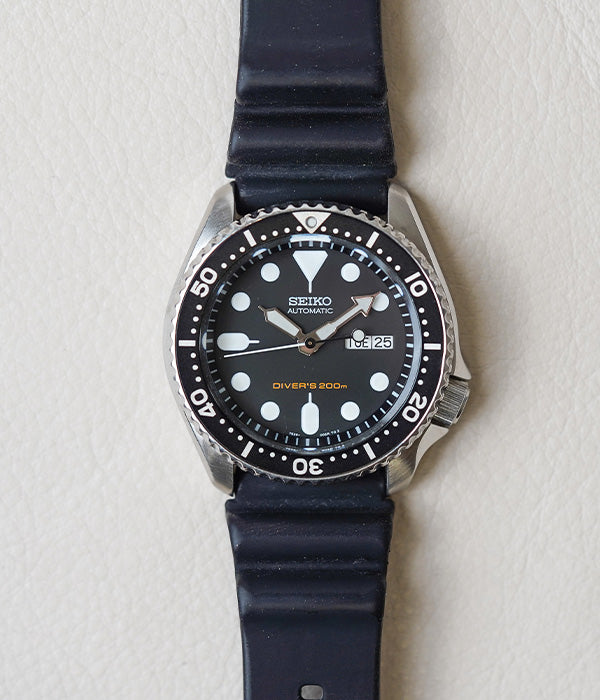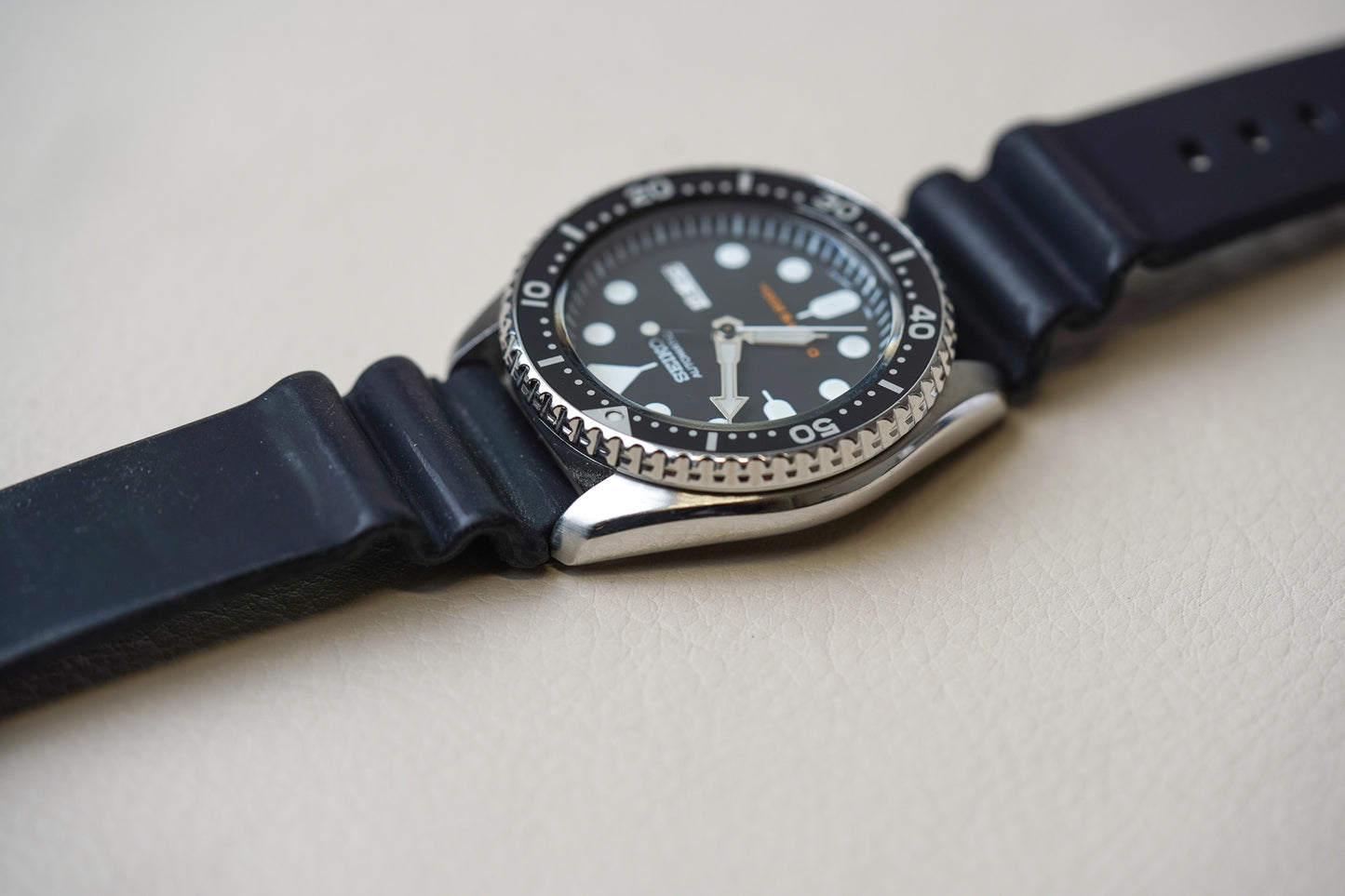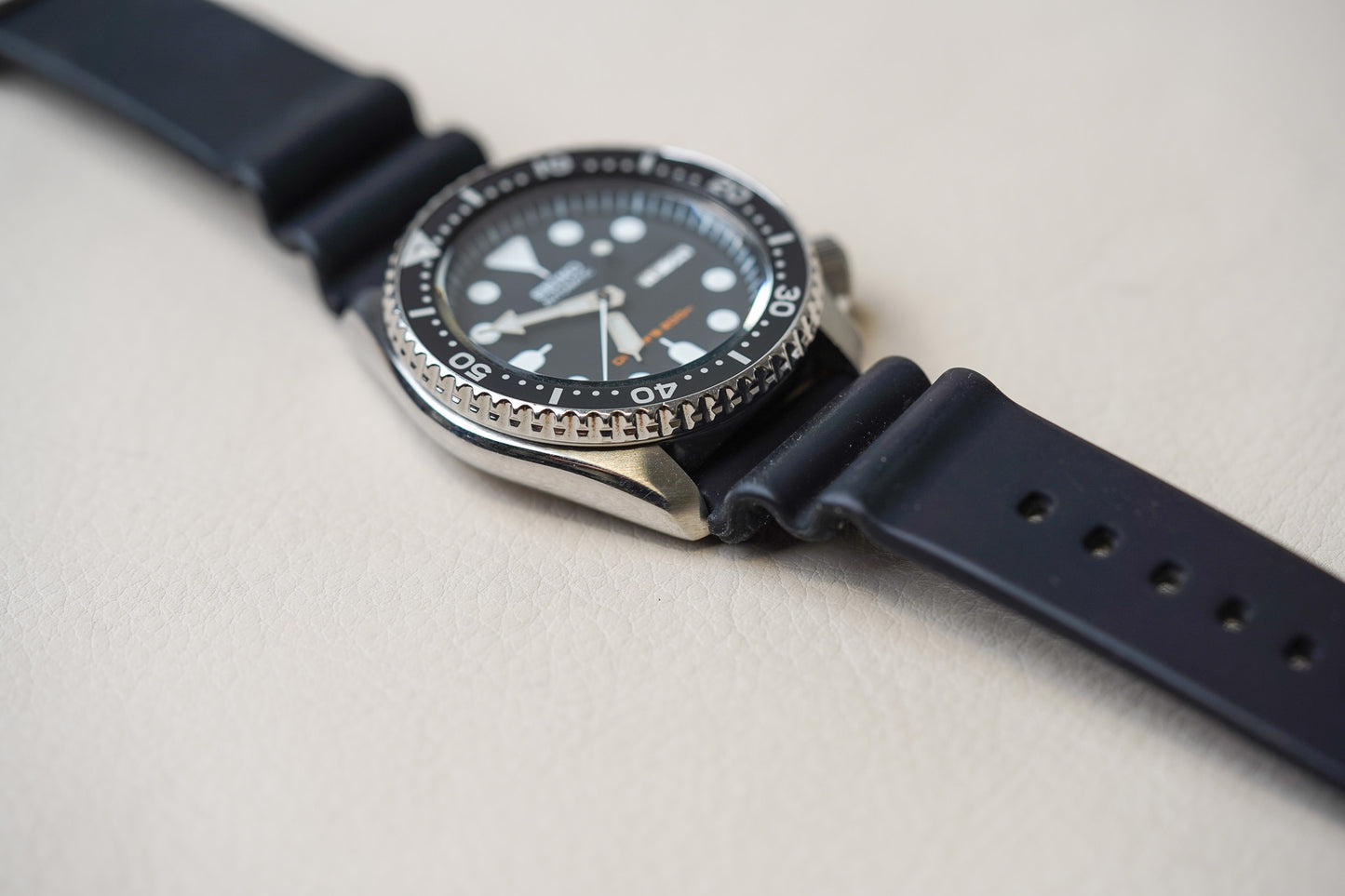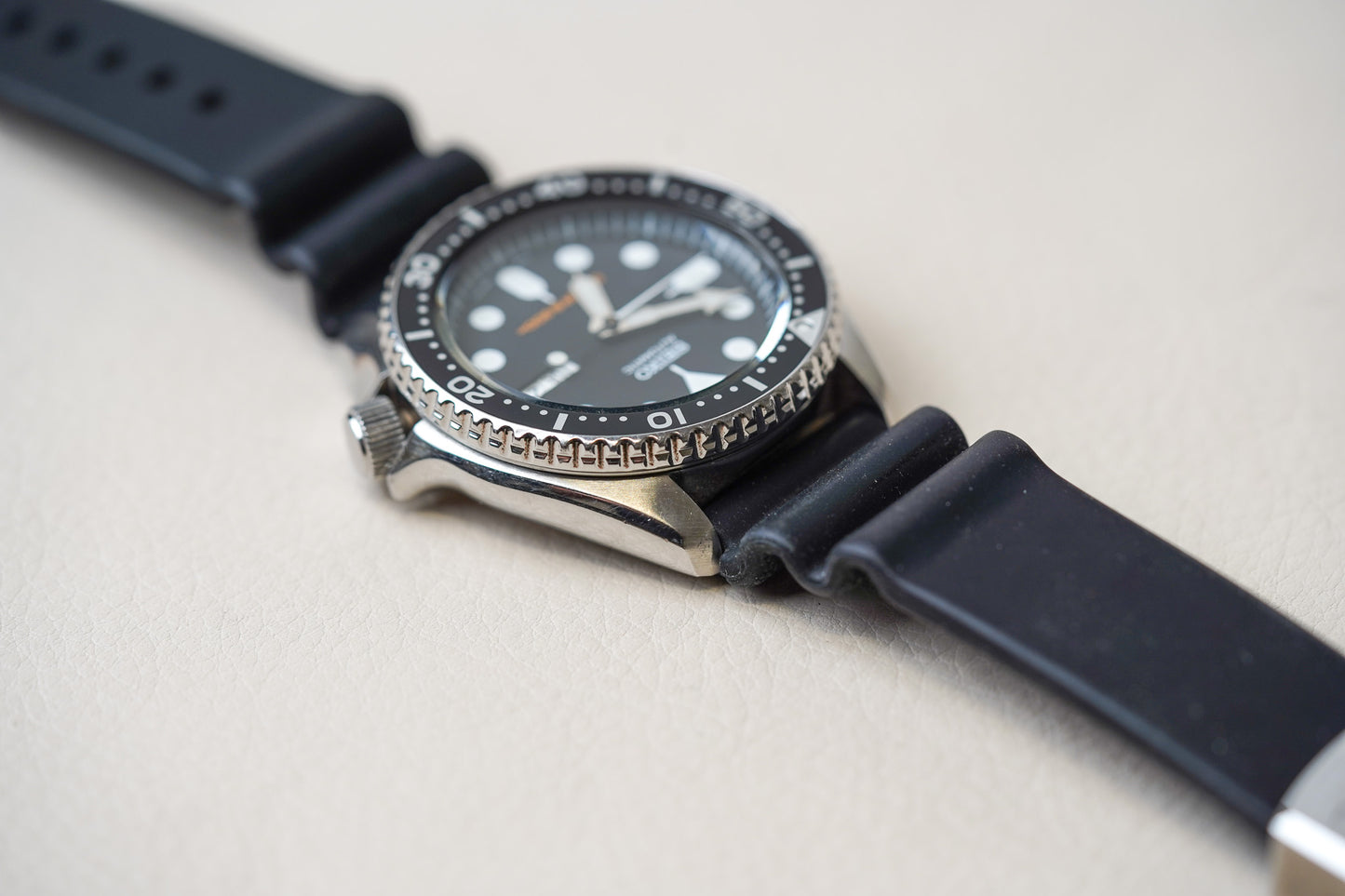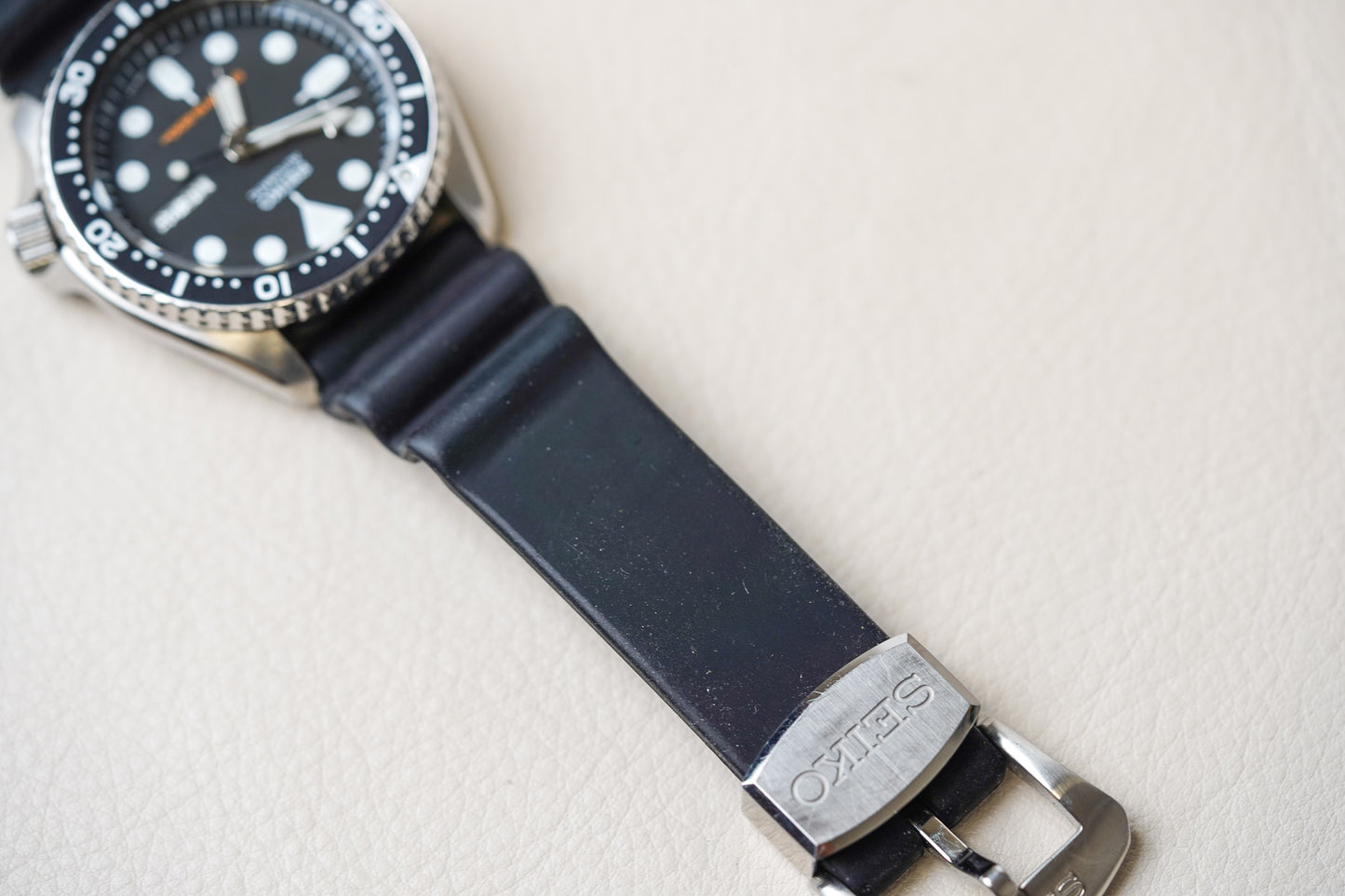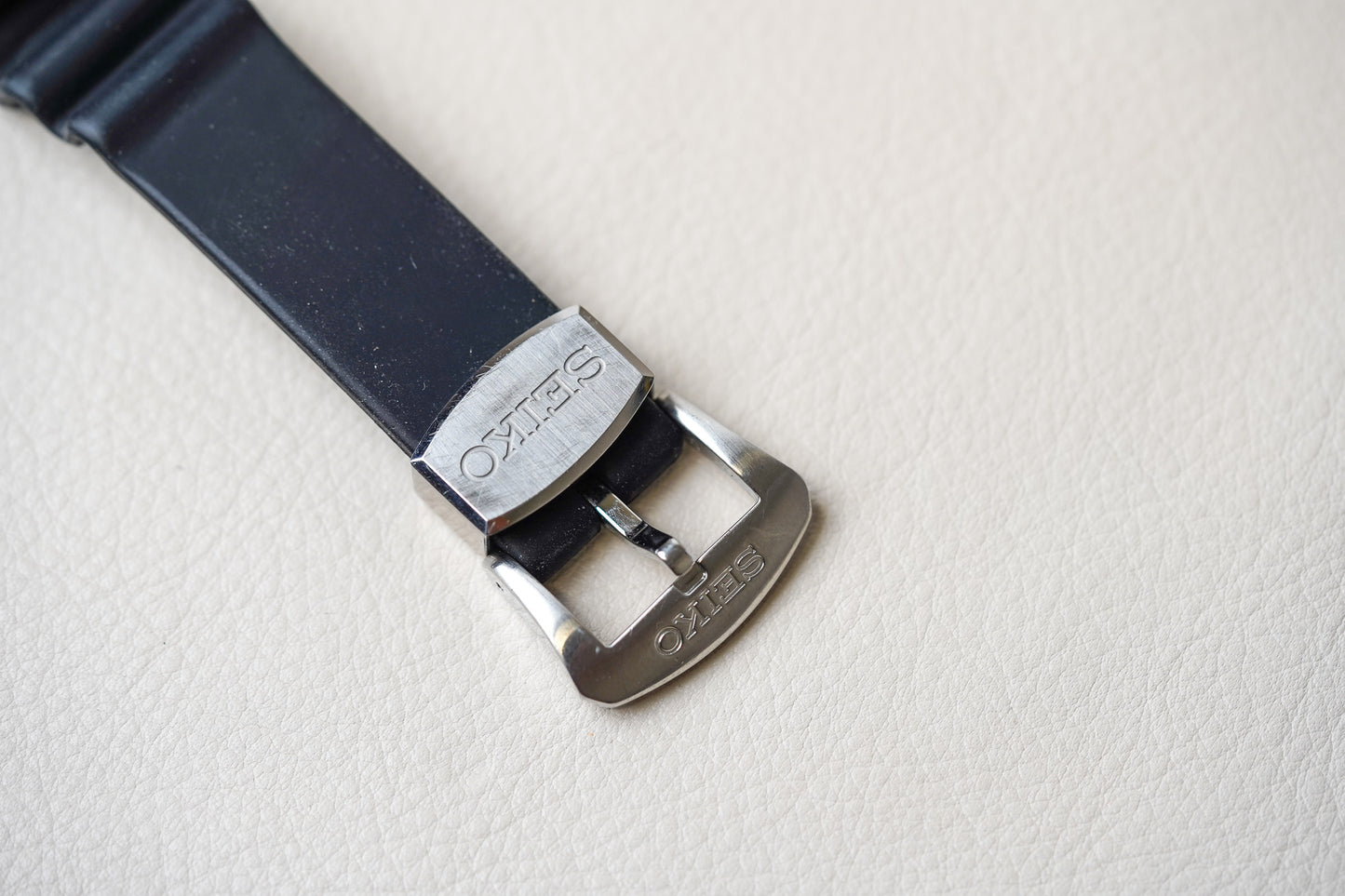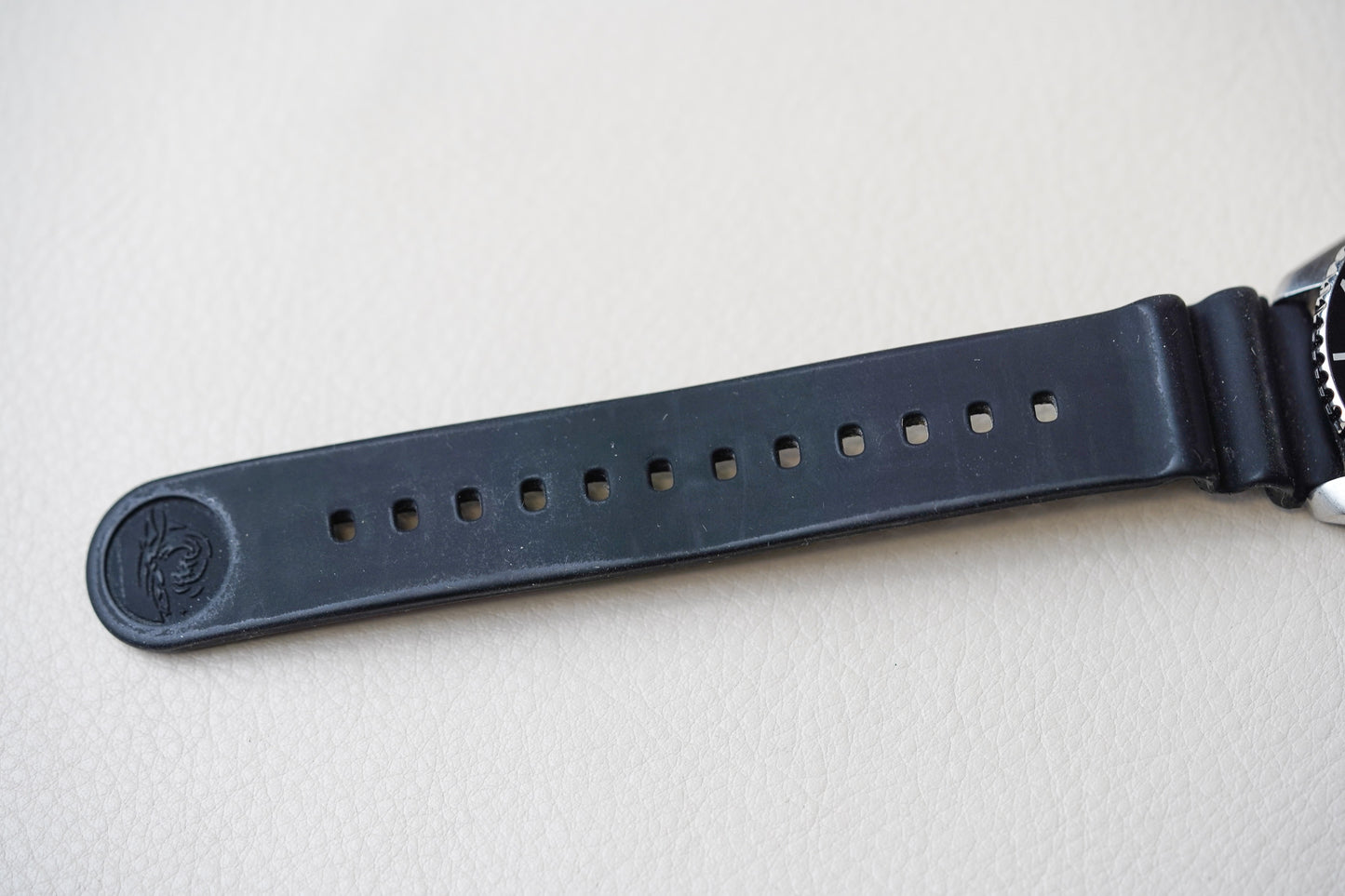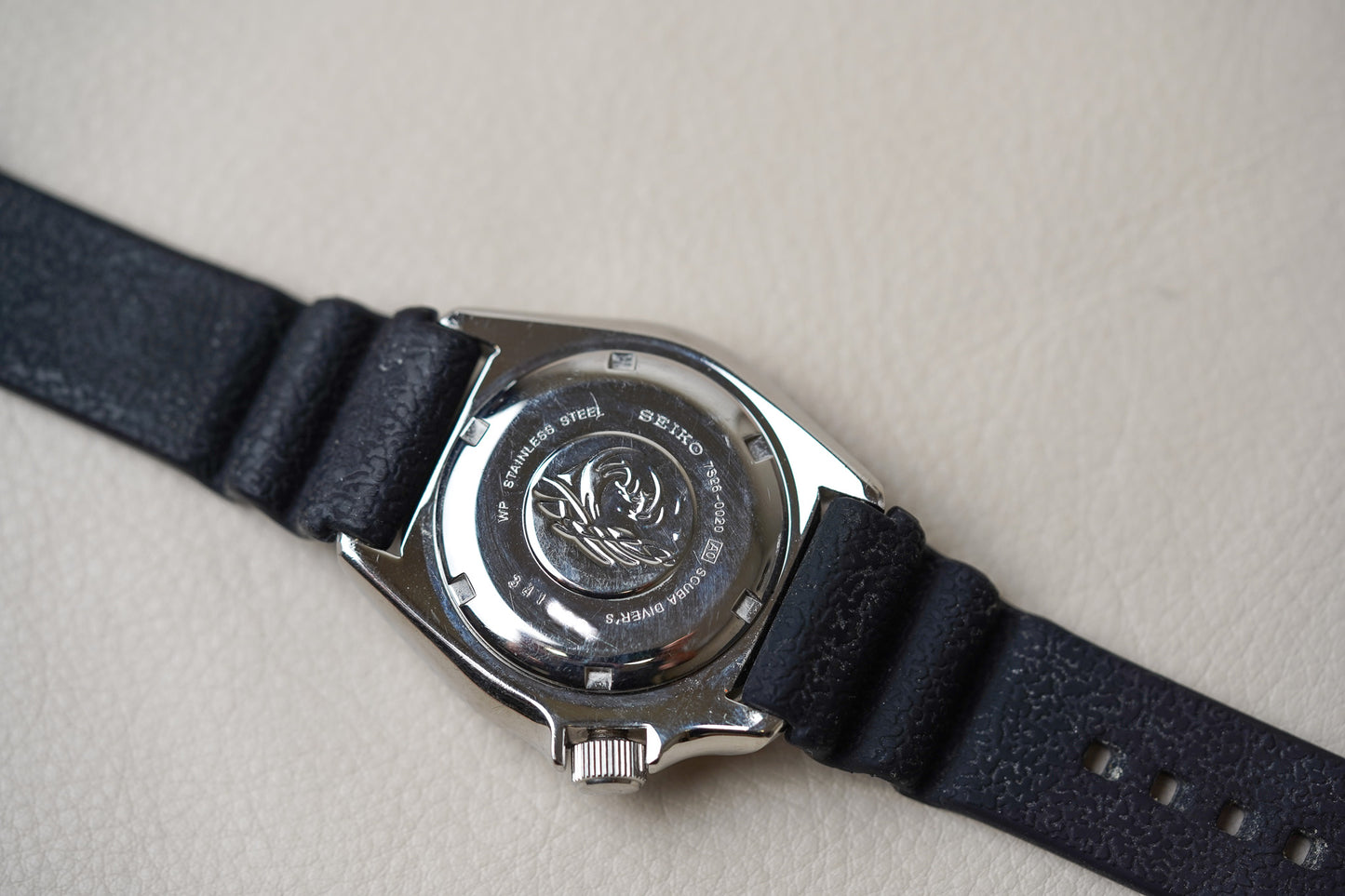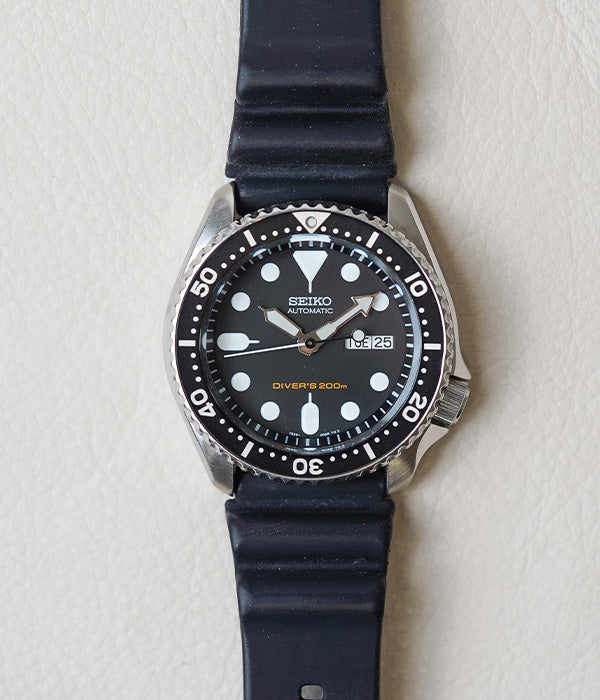Pre-Owned
Seiko Diver SKX007 "7S26-0020"
Seiko Diver SKX007 "7S26-0020"
Out of stock
Couldn't load pickup availability
- Authorized retailer for 3 brands
- Contact specialist via email
- Free Two-Day Expedited Delivery
- Authenticity Guaranteed
Details
Details
Features
Features
Condition
Condition
Brand History
Brand History
Seiko's history began in 1881 when Kintaro Hattori opened a watch shop in Tokyo. In 1892, he established Seikosha, a factory for producing wall clocks. The company quickly progressed, creating Japan's first wristwatch, the Laurel, in 1913. Despite setbacks like the Great Kanto Earthquake of 1923, Seiko persevered, launching its first watch under the Seiko brand name in 1924.
The post-World War II era saw Seiko's rapid growth and innovation. They introduced Japan's first automatic wristwatch in 1956 and launched the prestigious Grand Seiko line in 1960. Seiko achieved international recognition for accuracy in 1968, winning a Geneva Observatory competition.
The company made a name for its divers in 1965 with the introduction of their first professional dive watch, the 62MAS. This was followed by the iconic 6159-7001 in 1968, which was water-resistant to 300 meters. Seiko gained international recognition in 1975 with the release of the 6159-7010, nicknamed the "Tuna Can" due to its distinctive case shape. In 1969, they revolutionized the industry with the Astron, the world's first quartz wristwatch, ushering a new era of watchmaking that would send waves across the industry through the 70s and 80s. From its humble beginnings to becoming a global watchmaking giant, Seiko's history is characterized by resilience, technological advancement, and a commitment to precision.
